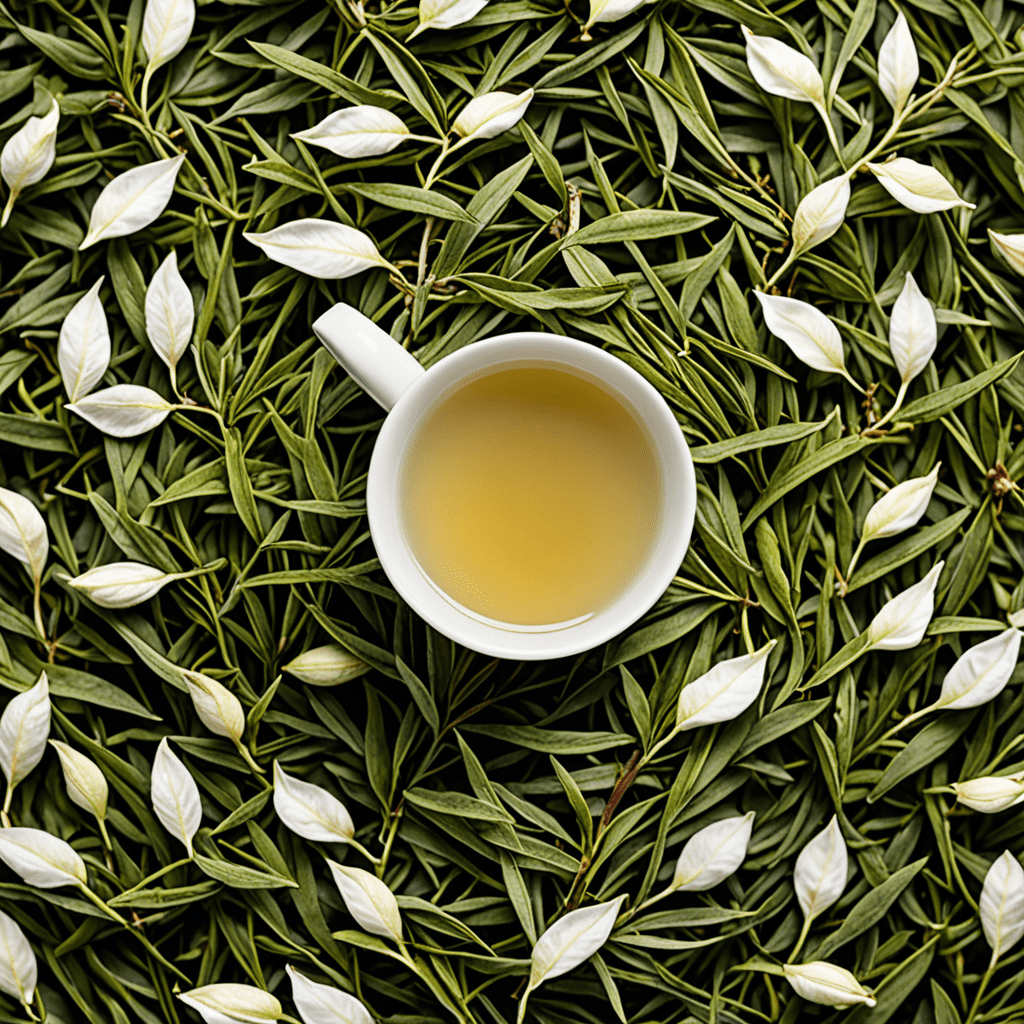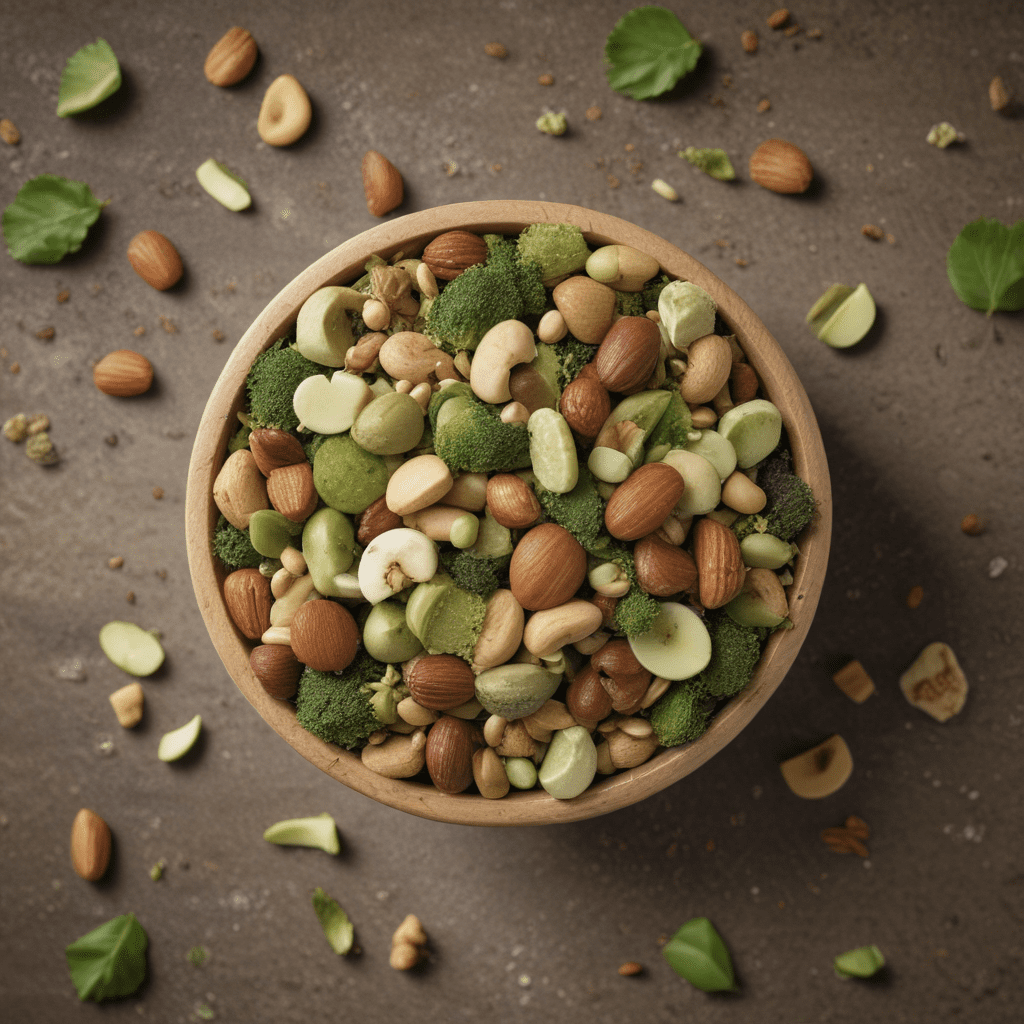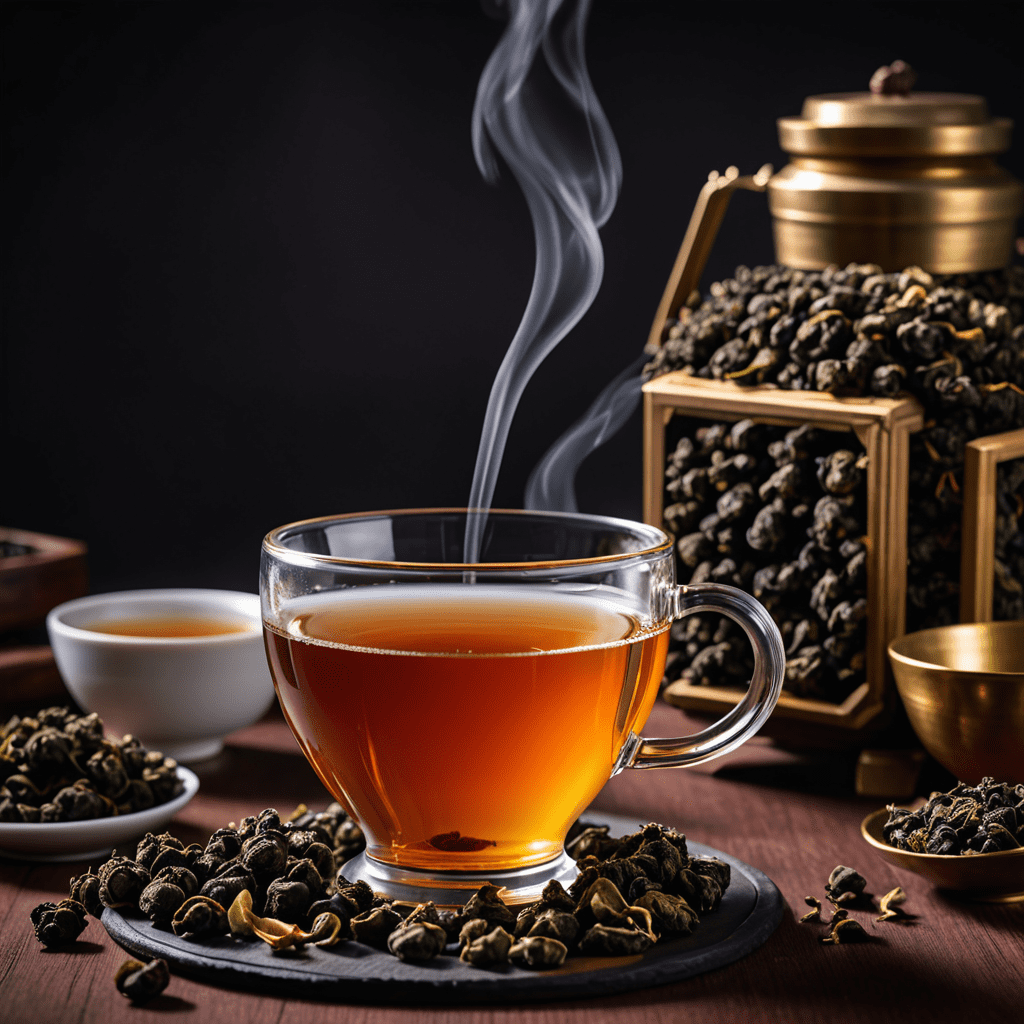White Tea: A Fragrant Journey for Your Senses
White tea, renowned for its delicate flavor and subtle aroma, offers a delightful journey for your senses. From its origins to its health benefits, let’s dive into the world of white tea and uncover the secrets behind its allure.
The Origins of White Tea
White tea dates back to ancient China, where it was reserved for royalty due to its rare and exquisite nature. It is harvested from the young leaves and unopened buds of the Camellia sinensis plant. The processing methods for white tea are minimal, allowing the leaves to retain their natural goodness.
The Distinctive Flavor Profile
Its delicate and light flavor, often described as sweet and floral, distinguishes white tea from other varieties. The gentle processing preserves the natural taste, offering a subtle and nuanced experience with every sip.
Health Benefits of White Tea
Aside from its pleasing taste and aroma, white tea is also celebrated for its health benefits. Rich in antioxidants and other nutrients, it is believed to promote heart health, improve skin condition, and boost the immune system. The low caffeine content makes it a soothing choice for individuals seeking a mild pick-me-up without the jitters.
Types of White Tea
White tea comes in various forms, each with its own unique characteristics. From Silver Needle to White Peony, each type offers a different taste profile and aroma, providing a diverse range of options for tea enthusiasts to explore.
The Art of Brewing White Tea
Brewing white tea is a gentle and meditative process. The delicate leaves require careful handling to extract the full essence without overpowering the brew. The ideal water temperature and steeping time are crucial to unlock the tea’s subtle flavors and aromas.
Pairing White Tea with Culinary Delights
White tea’s mild and delicate nature makes it a versatile pairing for various culinary delights. From light pastries to fresh fruits, its subtle flavors complement a wide range of foods, enhancing the overall dining experience.
Exploring the World of White Tea
Whether you are a seasoned tea enthusiast or a curious newcomer, delving into the world of white tea promises an enriching experience for your senses. Its rich history, health benefits, and delightful flavors make it a captivating journey worth exploring.
FAQ About White Tea: A Fragrant Journey for Your Senses
What is white tea?
White tea is a delicate and minimally processed tea made from the young leaves and buds of the Camellia sinensis plant. It is known for its subtle flavor, natural sweetness, and fragrant aroma.
How is white tea different from other types of tea?
Unlike green, black, or oolong tea, white tea undergoes minimal processing. The leaves are typically just steamed and dried, preserving their natural freshness and delicate flavor.
What are the health benefits of white tea?
White tea is rich in antioxidants, which may help protect the body from oxidative stress. It may also promote healthy skin, support oral health, and contribute to overall well-being.
How should white tea be brewed?
White tea should be brewed with water that is around 175°F to 185°F (80°C to 85°C) for about 3-5 minutes. It’s best to use a teapot or infuser to allow the leaves to unfurl and release their delicate flavors.
What are the popular varieties of white tea?
Popular varieties of white tea include Silver Needle, White Peony, and Long Life Eyebrow. Each



